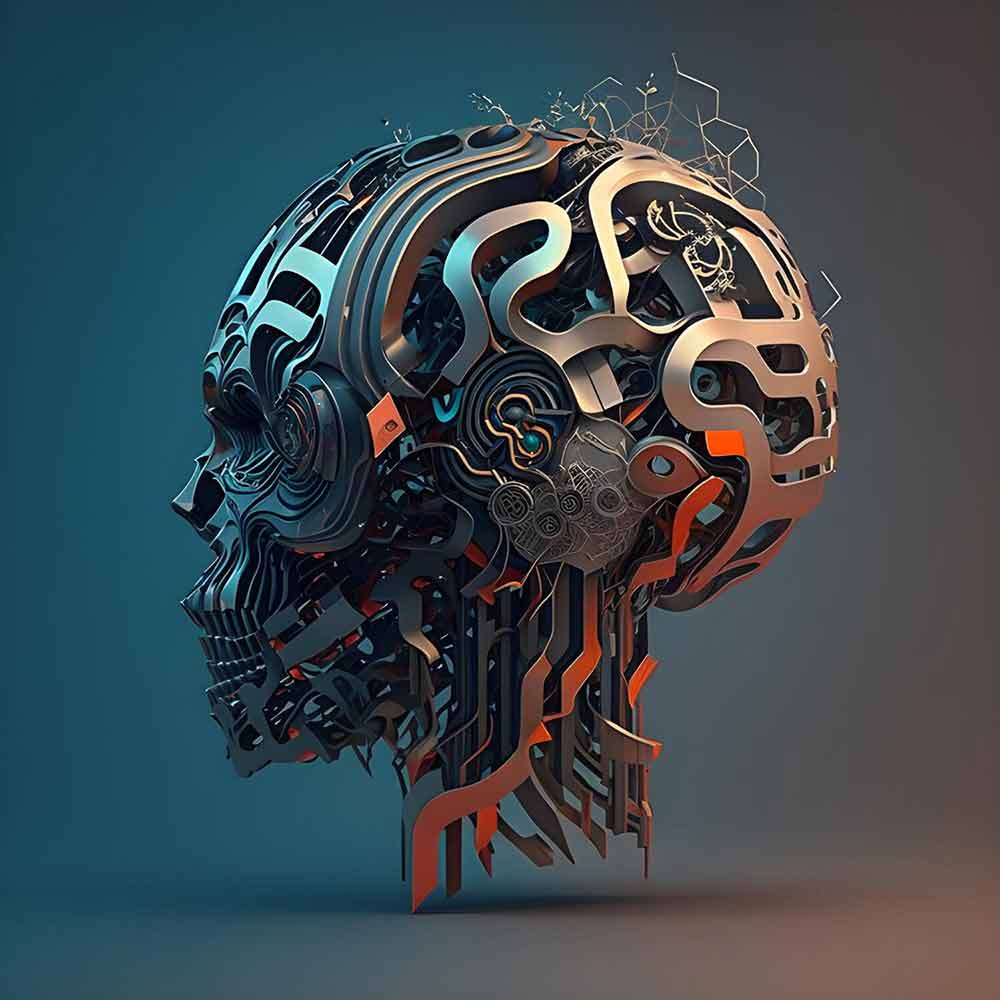The Architecture Behind Text-to-Image Generation Models
Text-to-image generation models, such as DALL·E and Stable Diffusion, operate on sophisticated neural network architectures that blend natural language processing (NLP) with computer vision techniques. These models typically utilize a combination of transformer architectures and diffusion processes to convert textual descriptions into detailed visual outputs.
At the core of these models is the transformer architecture, which was initially designed for NLP tasks. Transformers excel at capturing contextual relationships in data through mechanisms like self-attention and positional encoding. In text-to-image models, transformers process the textual input, encoding semantic information into high-dimensional vector spaces. This encoded data is then used as a conditional input for the image generation model.
The image generation process often relies on diffusion models, which start with random noise and iteratively refine the image through a denoising process guided by the learned data distribution. The diffusion process is mathematically grounded in stochastic differential equations, where each step reduces noise while adding features that align with the textual description. Additionally, Contrastive Language-Image Pre-training (CLIP) is frequently integrated to align text and image representations, enhancing the model's ability to generate coherent and relevant visuals.
Optimization techniques such as gradient descent, backpropagation, and Adam optimizers are employed during the training phase to minimize loss functions that measure the difference between generated images and real images. The models are trained on large datasets with diverse image-text pairs, enabling them to generalize across various concepts and styles.
